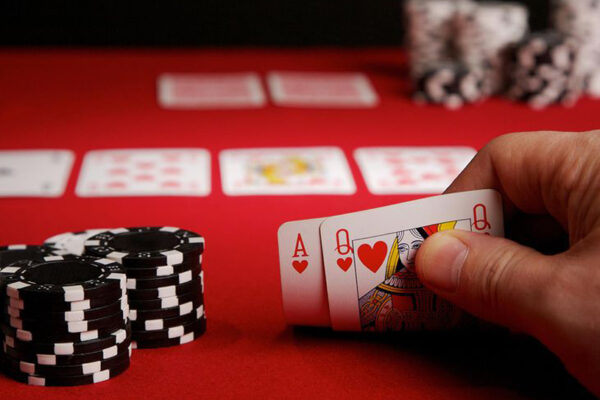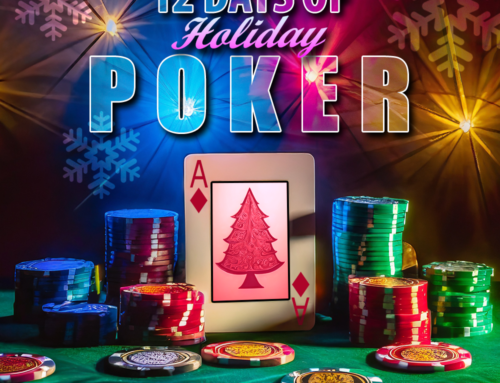If you want to win money at poker, you have to check-raise, and you have to do it effectively. If you’re not going to check-raise your opponent, you either fold (which means your opponent wins) or you call and end up taking a turn card when you’re out of position. In either case, your opponent ends up with all of the equity. Once your opponent realizes that you don’t check-raise, then you can expect a parade of bluffs and value bets – and you can expect to hand over a lot of your chips.
However, if you have figured out how to incorporate check-raising in your game after the flop, then you make yourself a lot harder to beat. If your opponent understands that you are likely to check-raise aggressively, then you won’t face light openings for your big blind.
One thing to bear in mind when check-raising is the range of each player and how those are impacted by the cards at the flop. If the flop favors your opponent’s range, then you should not check-raise; if it favors your range, it’s time to go for it.
Another factor to consider is the frequency and size of your opponent’s c-betting. If your opponent only c-bets rarely, then your check-raising strategy should be conservative. However, if your opponent c-bets small or frequently, then you can widen the range for your check-raising. The size of the wager is also important. When the c-bet size is small, that can indicate a range that is fairly wide, permitting more check-raising from the big blind. When the c-bet is larger, then the range is more polarized. The best strategy there is either a fold or a call, but not a raise.
Your check-raising strategy needs to have balance, which means that your ratio of bluffs to value bets needs to be right so that your opponents cannot take advantage of your tendencies. For example, if you check-raise in the big blind when you have hands with strong value – but you don’t do it any other times. Your opponents can take advantage of this in several ways.
First, the player in position can fold after the check-raise, except when he has an ironclad hand. If the big blind check-calls, then the player in position can barrel both the turn and the river repeatedly. This is why you need to include bluffs and value bets in your range of check-raising.
It is important to develop a strategy that has enough complexity so that your opponents will not know what you have on the basis of your decisions – or what you don’t have. Keeping a mixed betting range keeps your opponents off balance and makes you a much more difficult opponent.
This means that you should take a look at the texture of the board, figuring out whose range gives them the edge. Also, think about how much your opponent has bet, and how often your opponent tends to c-bet. Factoring those in with a proper blend of bluffs and value bets will make you hard to beat.
Try out your own check-raise strategies with National League of Poker







